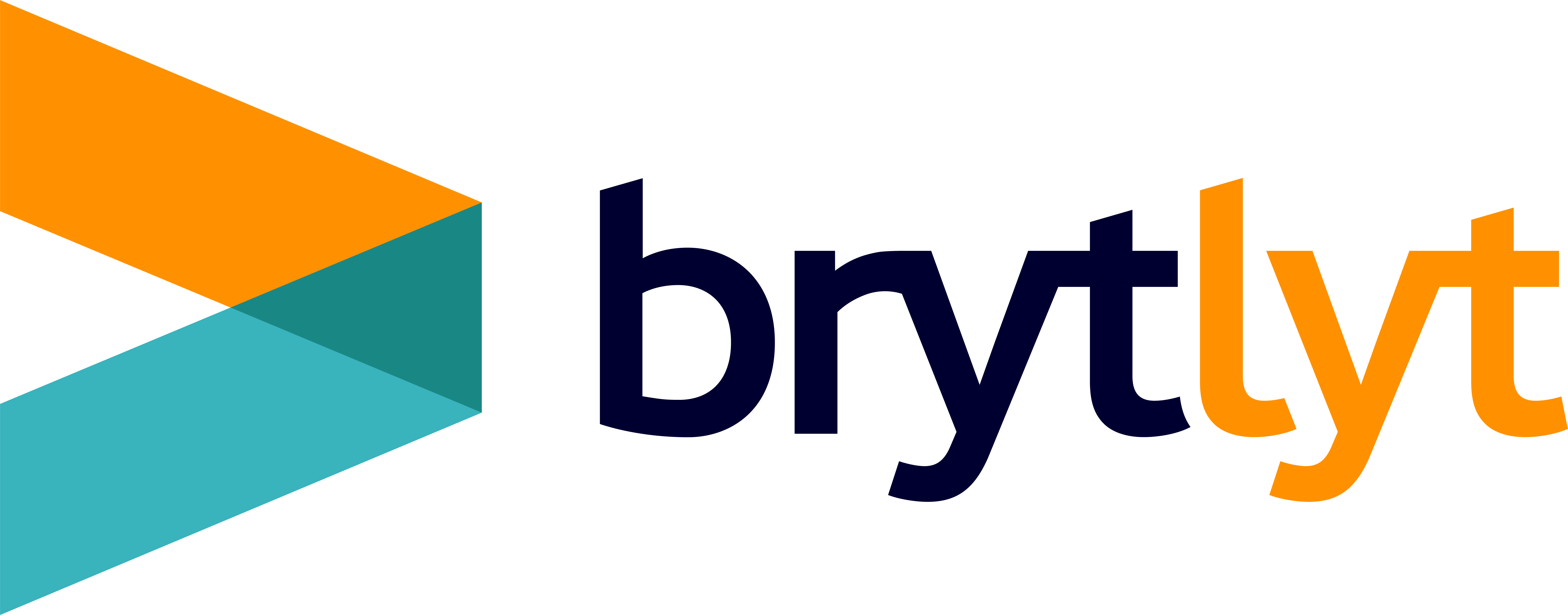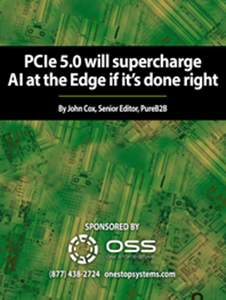 Data is now not only cheaper, but more widely available than ever before. Every second there are over 400,000 search engine queries worldwide. Every minute, over 1 million users log into Facebook and over 188 million emails are sent. As the data landscape continues to evolve and adapt in line with the latest trends, so too must businesses analyse and shift how they interact with, and use, data on a daily basis.
Data is now not only cheaper, but more widely available than ever before. Every second there are over 400,000 search engine queries worldwide. Every minute, over 1 million users log into Facebook and over 188 million emails are sent. As the data landscape continues to evolve and adapt in line with the latest trends, so too must businesses analyse and shift how they interact with, and use, data on a daily basis.
Data analysis is a core component of any business strategy. From gaining competitive insights to conducting market research, harnessing vast datasets is becoming more and more fundamental to the operations of any business – including independent bookshops, international financial services, and everything in between.
However, as datasets become increasingly vast, with billions of rows of data demanding attention and analysis, businesses must now not only question their approach to handling data, but also whether their current systems are capable of digesting datasets of such magnitude. With the introduction of GPU acceleration, Brytlyt enables businesses to shift from their restrictive legacy systems to a solution that enables speed-of-thought processing of massive datasets on demand.
What are GPUs?
Graphic processor units (GPUs) were traditionally used in PC gaming to increase the rendering speeds of graphics.
This is achieved through the GPU’s capability to perform parallel processing, which enables a multitude of equations and processes to be performed simultaneously, as opposed to consecutively. This rapidly alters, or accelerates, the speed of an operation being fulfilled, and has led to many key breakthroughs in the world of data analytics.
When their potential to process and digest large amounts of data through parallel processing was fully realised, GPUs began to be handled and implemented in a wide variety of other commercial and personal solutions, from deep learning to video encoding. One particular use which has gained notoriety during the rise of cryptocurrency was that of ‘bitcoin mining’ – manipulating GPUs to handle and solve incredibly complex mathematical equations for the chance to ‘mine’ percentages of bitcoin, and therefore accrue wealth through automation.
Since 2010, GPU databases have been consistently used to rapidly accelerate the process of data analytics on an industrial scale. the power of parallel processing, data analysis can be conducted swiftly and with ease, allowing businesses to move away from their restrictive legacy solutions to a responsive solution that offers real-time capabilities.
The limitations of legacy systems
The need for responsive data analysis is not a new one. Innovative businesses must be able to alter and shift their strategies and stances based on the very latest data. By using contemporary ‘legacy’ CPU solutions – those implemented before the adoption of GPU capabilities – businesses restrict their ability to maintain competitive leads and optimise current strategies. As well as often being overly complex, there are two major features of legacy solutions that actively hinder a business’s data analysis capabilities. These are:
Speed of data processing
Without utilising the benefits of parallel processing, data analysis is often performed at much slower rates that often prove to be inefficient. While legacy solutions involve processing and aggregating datasets into digestible and compatible platforms, GPU acceleration allows for computing power that resembles the speed-of-thought, giving businesses back meaningful time to further grow and pursue relevant opportunities.
Legacy solutions severely restrict intelligence
The process of aggregating large sets of data into smaller datasets that can be easily digested is often restrictive for businesses, as it severely limits the amount of data available for analysis at any given time. Businesses are now unable to achieve the same amount of all-encompassing data analysis that is available with GPU acceleration. Should they choose to compare to another dataset, or to modify certain fields through legacy systems, they will have to go through the often tedious and inefficient procedure of altering aggregations and optimising datasets for processing before they can use it.
The implementation of GPU acceleration capabilities eradicates not only these two limiting factors of common legacy solutions but many others as well, giving businesses the ability to perform on-demand market-leading decisions and ensuring they stay ahead of the competition.
Recent key trends in GPU acceleration
GPU acceleration continues to develop more and more every year. Last year, two significant trends paved the way for GPU acceleration in the business market through 2021 and beyond.
- Nvidia released the a100, marking the next step in the future of GPU acceleration. Accelerating a full range of precision from FP32 to INT4, the Nvidia a100 marks a speed boost over traditional CPUs of up to 249x.
- An evolving shift from a subscription-based revenue model to a consumption-based model could massively reduce costs and, in addition, offers new flexibility and accessibility for clients. In this shift, users of GPU acceleration will only be required to meet the cost of the resources they use, rather than an upfront package with a set limit. This focus ensures that the needs of the consumer always come first.
Brytlyt and GPU capabilities
Built on PostgreSQL, Brytlyt’s database product allows users to easily implement accelerated GPU capabilities with their current databases in a matter of hours, whether it’s Amazon Redshift, Tibco, Tableau, or IBM. With embedded AI, users can seamlessly implement AI workloads straight into their data analysis.
Currently in position as providing the world’s fastest analytics database, according to an independent benchmark, Brytlyt offers accessible GPU solutions to any business aiming to accelerate their data analytics and take their competitive insights to the next level.
For any further queries, why not contact Brytlyt, or read a wide range of other leading insights here.



